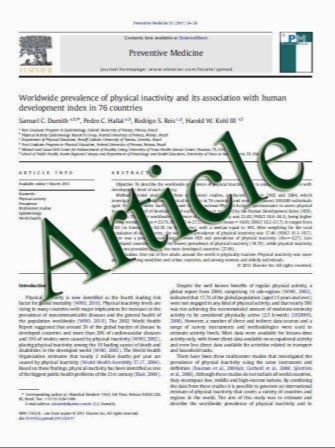Lung Diffusion Capacity in Early Cirrhosis: Is Lung Diffusion Capacity a Predictor of Esophageal Varices and Ascites?
- نوع فایل : کتاب
- زبان : انگلیسی
- مؤلف : Jun Young Jung Dae Won Jun Jae Hyung Lee
- چاپ و سال / کشور: 2010
Description
An increasing heart rate and cardiac output, alongside decreasing peripheral vascular resistance, causes hyperdynamic circulation in cirrhotic patients [1, 2]. Hyperdynamic circulation is closely related to ascites, varices, and varix bleeding. An upregulation of endothelial nitric oxide synthase, resulting in the overproduction of nitric oxide (NO), is a key factor in hyperdynamic circulation syndrome [3, 4]. Pulmonary dysfunction occurs with relative frequency in patients with chronic liver disease. Indeed, studies report that 45–50% of chronic liver disease patients have pulmonary problems [5]. Among this latter group, the most common disorders are hepatopulmonary syndrome (HPS) and portopulmonary hypertension (PPHT) [6]. HPS and PPHT are usually found in advanced cirrhotic patients, and are usually accompanied by dyspnea and hypoxia. Both HPT and PPHT are known to have a very poor prognosis. Intrapulmonary shunts and V/Q mismatching reportedly play an important role in the pathophysiology of HPS [7]. It is well known that NO production increases in cirrhotic patients [8], but the exact mechanism through which intrapulmonary shunts occur in patients with HPS and PPHT is not yet known. Though it needs to be proven in humans, it is thought that nitric oxide has a critical role in the pathophysiology of HPS and PPHT [7]. In HPS patients, an increase in fractional exhaled nitric oxide (FENO) results in a greater AaDo2 [9], and a significant negative correlation between FENO and pulmonary vascular resistance has been proposed [10]. However, recent research reports that pulmonary dysfunction in cirrhotic patients occurs frequently and not just in patients with advanced cirrhosis, as is the case with HPS and PPHT, but also in asymptomatic cirrhotic patients not showing hypoxia or dyspnea. A decreased lung diffusion capacity (DLCO), in particular, is observed most frequently in patients suffering from chronic liver disease. In a study by Aller et al. [11], decreased DLCO was observed in approximately 43% of cirrhotic patients. Similarly, Mimidis et al. [12] found that even among patients with normal spirometry, some 56% exhibited a reduction in DLCO. Yigit et al. [13] demonstrated a negative correlation between DLCO/alveolar ventilation (VA) and the Child score, proposing that decreased DLCO/VA is related to the severity of liver disease. However, research on the correlation between reduced DLCO and increased NO in cirrhotic patients is extremely limited as of yet. We investigated the correlation between lung diffusion capacity and the presence of varices and ascites in order to examine the relevance of lung diffusion capacity.
Dig Dis Sci (2011) 56:1229–1234 DOI 10.1007/s10620-010-1406-z Received: 31 March 2010 / Accepted: 18 August 2010 / Published online: 14 October 2010


